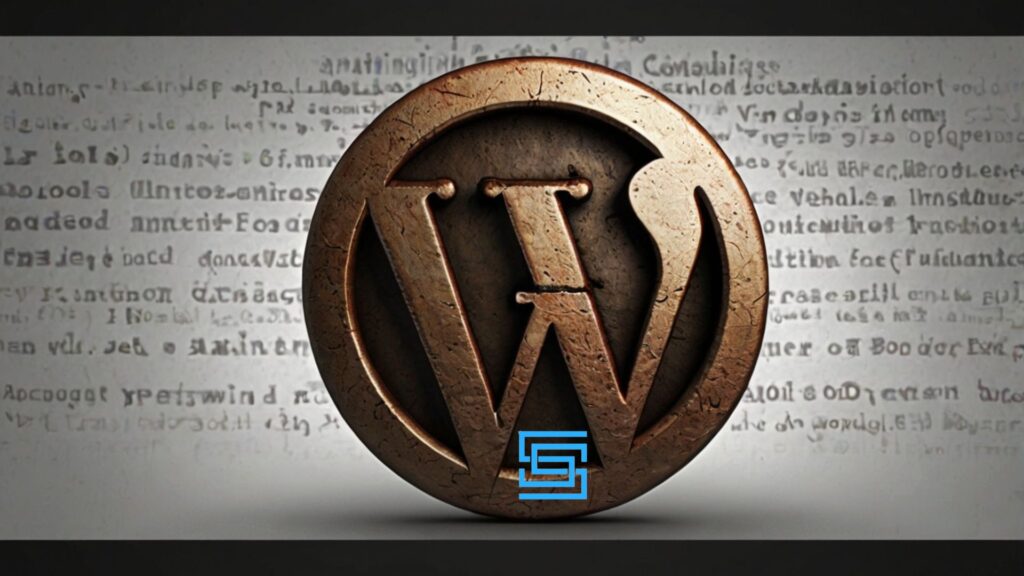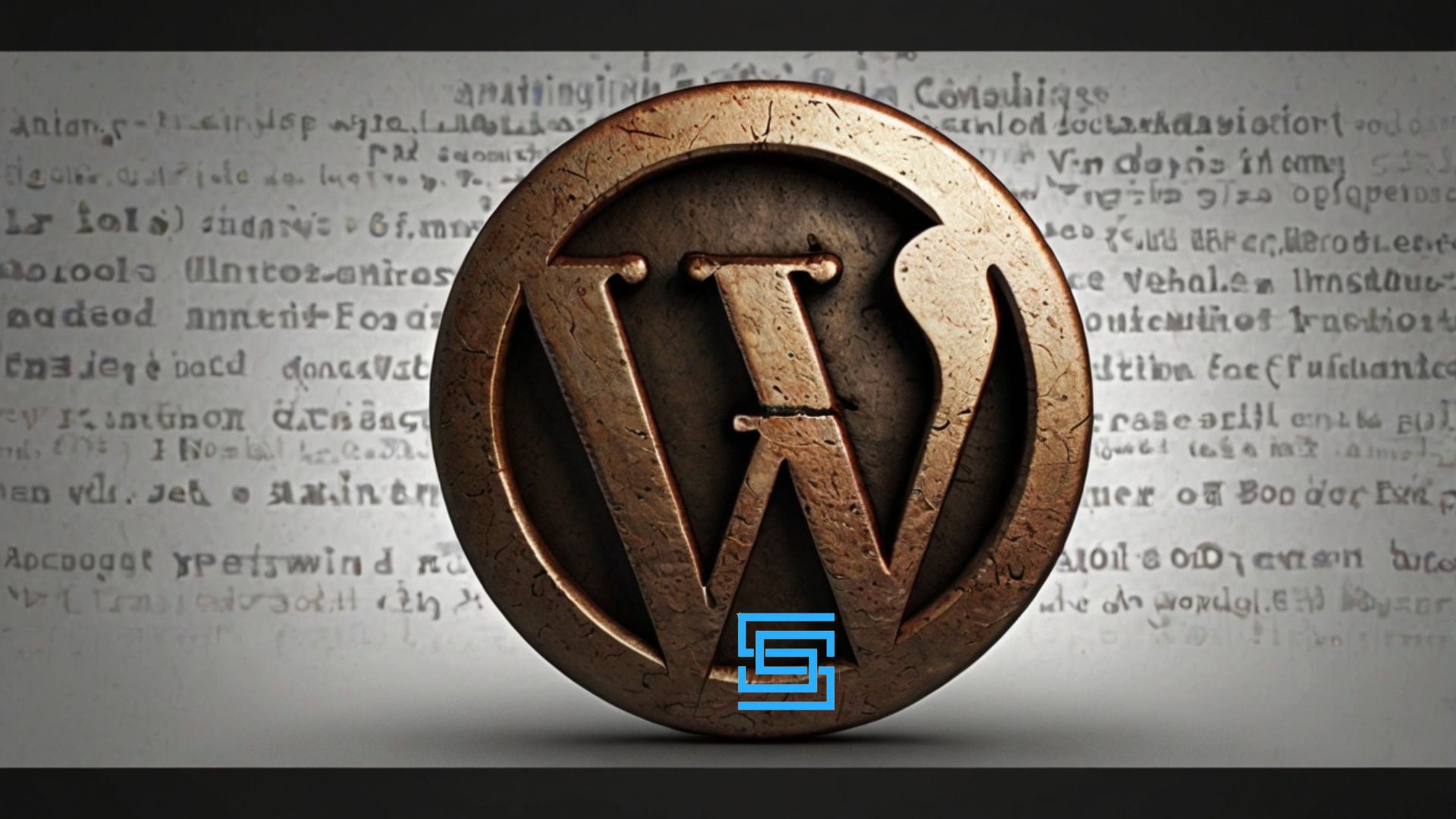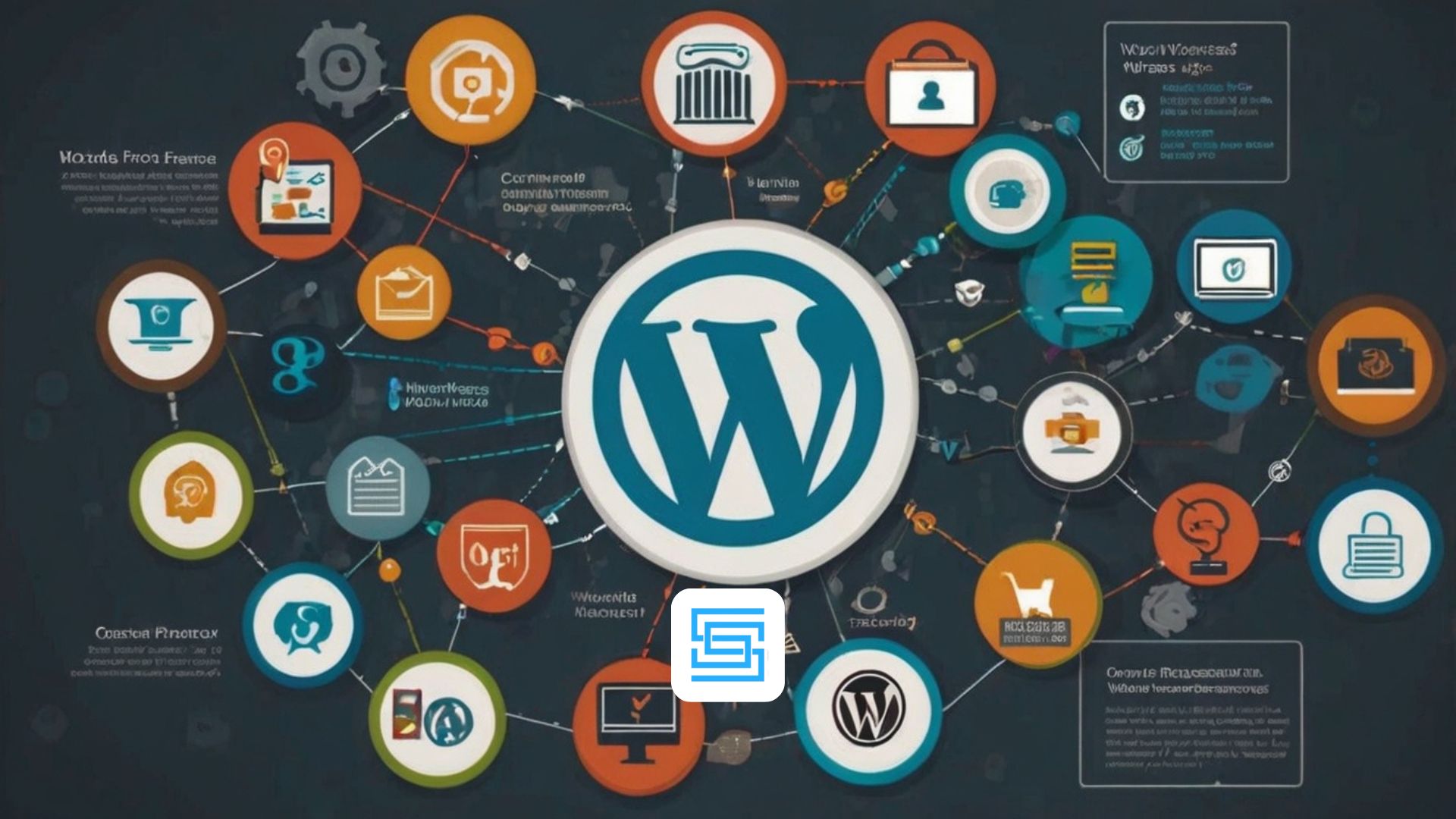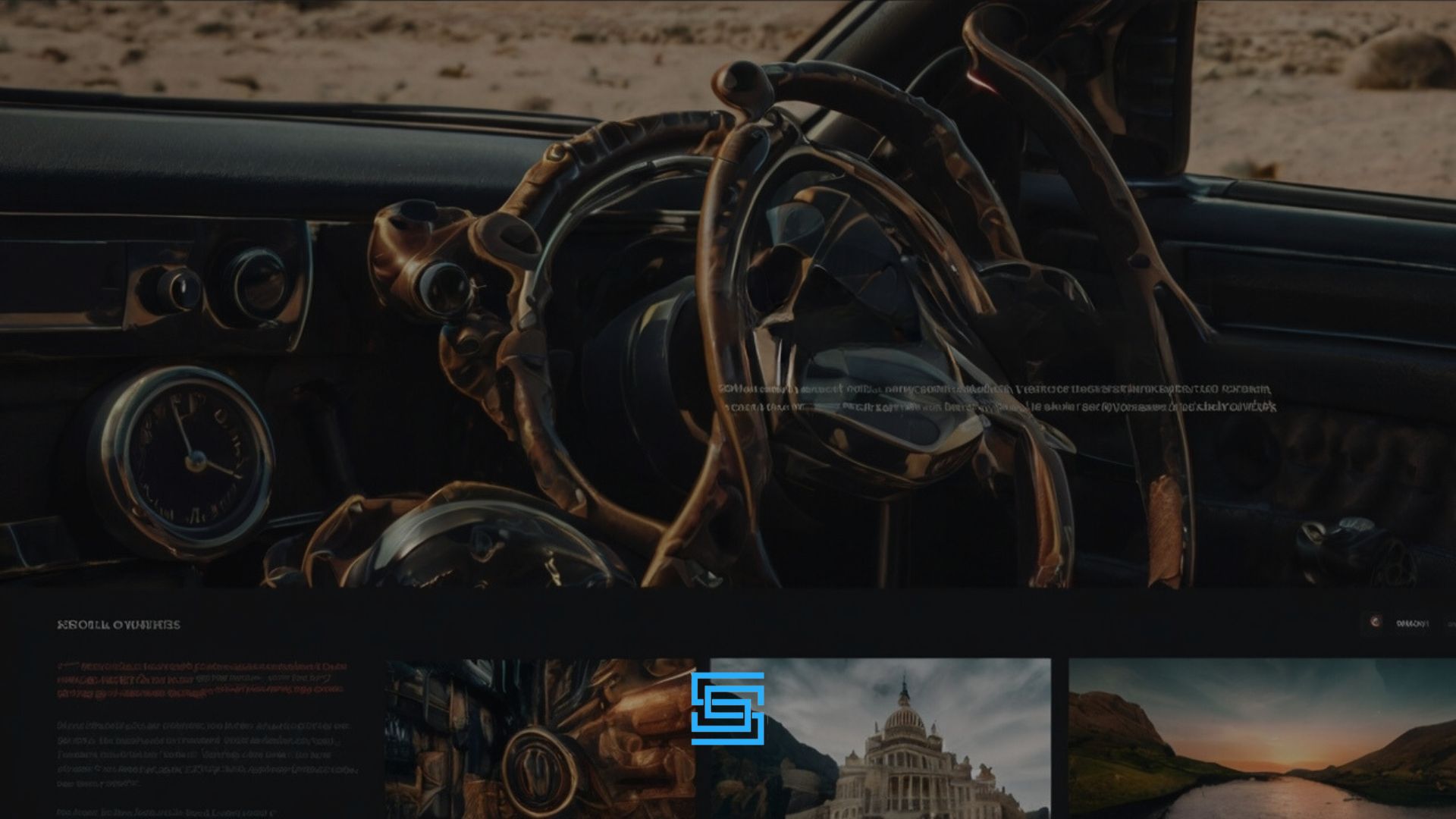For beginners, the concept of “WordPress is frontend function” might seem complex at first, but it’s actually straightforward once you grasp the roles and functions it serves. The frontend refers to everything users see and interact with on your websites, including layouts, styles, and animations. WordPress simplifies this process by offering tools and features that allow you to design visually appealing pages without needing to write complex code. By understanding the basics, you can unlock the potential to shape user experiences, making your site more engaging and impactful.
Leveraging WordPress capabilities lets you use techniques that not only enhance your site’s functionality but also contribute to seamless user interaction. With its drag-and-drop editors, plugins, and themes, WordPress serves as a guide to help you create stunning designs and improve the overall experience of your site visitors. Whether you’re building from scratch or tweaking existing designs, mastering these essential skills empowers you to achieve professional-looking results with ease, even if you’re new to web development.
How does WordPress is frontend function improve websites?
“WordPress is frontend function” enhances websites by simplifying design with tools like drag-and-drop editors, enabling visually appealing layouts, smooth navigation, and engaging user interactions without complex coding.
What Does “Frontend” Mean in Web Development?
The “frontend” of a website encompasses everything that users see and interact with on their screens. This includes elements like buttons, menus, images, and forms that are accessible and easy to use. In web development, the frontend developer role focuses on creating this user-facing layer, handling visual layouts, page responsiveness, and interactivity using technologies like HTML, CSS, and JavaScript. For context, around 80% of developers work in frontend design, with goals centered on user engagement and experience.
The Role of Frontend Functions in WordPress
In WordPress, functions are organized for backend and frontend use, with frontend functions primarily affecting how users navigate and interact with a site. Frontend functions in WordPress enable features like responsive menus, dynamic sliders, and custom layouts. They are essential in defining how a site looks and feels, directly influencing user experience and overall site engagement.

Understanding “is_front_page” and Other Frontend-Specific Functions in WordPress
The is_front_page function is critical in WordPress as it checks if a page is set as the homepage, allowing developers to set specific visuals and layouts for the first page users see. By using this function, along with other frontend-specific functions, developers can optimize the homepage, ensuring it is customized for visitor engagement. Functions like wp_enqueue_script and wp_head can add specific resources or features to enhance the user experience.
Frontend vs. Backend: Key Differences
While the frontend manages what the user sees, the backend handles data processing and server-side operations. Here’s a quick breakdown:
- Frontend: Visuals like buttons, images, menus, and website styling options.
- Backend: Server-side functions that manage data, user accounts, and content management systems (CMS). These two aspects can be combined in full-stack development, where one developer handles both areas for a more cohesive user experience.
Key Frontend Elements in WordPress Websites
WordPress frontend elements are built on foundational technologies:
- HTML structure: Defines content layout and accessibility.
- CSS grid layout: Controls the site’s appearance, colors, and fonts.
- JavaScript: Adds functionality for animations and user interactions. With these, responsive design principles are applied to ensure the site adapts seamlessly across devices.
Benefits of Leveraging Frontend Functions in WordPress
Using frontend functions in WordPress enhances both the aesthetic and functionality of a site. These functions enable:
- Smooth navigation for an optimal user journey.
- Increased engagement, as visitors are more likely to interact with well-structured and visually pleasing sites.
Common Frontend Tools and Plugins for WordPress
Frontend tools, including Elementor and WPBakery, allow non-developers to design and customize their sites through drag-and-drop features. These WordPress plugins enable users to add design elements, adjust page structure, and create dynamic layouts without coding, enhancing both user experience and accessibility.
How to Use Frontend Functions for Customizing WordPress Themes
With WordPress’s customizing themes feature, users can easily personalize their sites. Common customization options include:
- Specific types of content for Custom page templates
- Layout and design tweaks such as color schemes and typography. These frontend functions make it easy to adapt WordPress themes, ensuring each site aligns with brand identity and usability.
Using CSS to Enhance WordPress Frontend Design
CSS is central to website styling options in WordPress. CSS customization allows you to:
- Adjust font sizes and color schemes for a cohesive brand look.
- Create unique button styles to encourage interactions. By adding custom CSS in WordPress, users can enhance their site’s visual appeal, creating a more professional appearance.
JavaScript Basics for WordPress Frontend Functionality
JavaScript adds dynamic functionality to WordPress sites. For instance:
- Animations bring visual interest to elements when users scroll or hover.
- Dynamic content responds to user input, like loading more content without refreshing the page. These interactive web elements contribute to a modern, engaging web experience.

Integrating WordPress Page Builders for Enhanced Frontend Design
Page builder plugins like Elementor make designing WordPress sites easy and efficient. With drag-and-drop features, these builders allow for direct page layout control without coding, providing flexibility for beginners to customize and enhance the user experience through visual tools.
Best Practices for Optimizing Frontend Performance in WordPress
To maintain a fast, responsive site, prioritize:
- Image compression and script reduction for faster load times.
- Ensuring responsive CSS settings for display across all devices. High frontend performance benefits SEO optimization, as faster, well-structured sites rank better in search engines and offer better user experiences.
Testing and Debugging Frontend Issues in WordPress
Tools like Google Chrome’s DevTools can identify frontend issues, like styling or functionality inconsistencies. DevTools allow you to:
- Test CSS and JavaScript adjustments in real time.
- Check for cross-device compatibility, ensuring a consistent look and feel on mobile and desktop. This testing phase is critical in maintaining a cohesive, responsive user experience.
How Mobile Friendliness Affects Frontend Design in WordPress
With mobile browsing now accounting for over 50% of global traffic, designing for mobile is essential. Tips for mobile-friendly frontend design include:
- Using responsive sliders that adjust for smaller screens.
- Ensuring buttons and navigation menus are easy to tap on mobile. Mobile optimization is essential for accessibility, and sites that are not mobile-friendly may see reduced traffic and engagement.
Accessibility and User-Friendly Frontend Design in WordPress
Accessibility in design includes features that make sites usable for everyone, including those with disabilities. To make WordPress more accessible:
- Add alt tags for images for visually impaired users.
- Accessibility improvements help your site reach a wider audience, enhancing user experience (UX) for all visitors.
Analyzing User Engagement with Frontend Functions
Using tools like Google Analytics, you can track how users interact with site elements, identifying which layouts and features attract the most engagement. This data helps:
- Adjust site layouts for better interaction.
- Refine the user-centered design to keep visitors engaged longer.
Case Study: WordPress Sites That Excel in Frontend Design
Successful WordPress sites often excel in frontend design due to their:
- Clean, easy-to-navigate user interface design.
- Effective use of visual layout builder plugins to create engaging and unique site layouts. These sites demonstrate the impact of strong frontend design on both usability and engagement.

Future Trends in Frontend Functionality for WordPress
Emerging trends in frontend design include:
- Advanced animations that add visual interest and improve user retention.
- Personalization features that adapt content based on user behavior. These trends highlight a shift towards digital experience design that enhances engagement, setting the foundation for more user-centric websites.
Conclusion
Using the right frontend tools and practices in WordPress is crucial for crafting user-friendly, visually appealing websites. With WordPress’s built-in customization options and plugins, site owners can improve accessibility, speed, and interactivity without extensive coding knowledge, ensuring their sites remain competitive and engaging for all visitors.
FAQ Section
1: What is a frontend function in WordPress?
- Frontend functions affect the visual aspects of WordPress, like styles and interactions, making the site engaging and user-friendly.
2: How does “is_front_page” work in WordPress?
The is_front_page function checks if a page is set as the homepage, allowing custom layouts and designs specific to the front page.
3: What tools can beginners use to enhance frontend design?
Plugins like Elementor and WPBakery simplify design with drag-and-drop customization, eliminating the need for coding.
4: Why is frontend optimization important for WordPress sites?
Optimizing frontend elements ensures faster load times, better SEO rankings, and improved user satisfaction.
5: Can I customize frontend elements in WordPress without coding?
Yes, WordPress plugins and page builders allow visual customization for design flexibility without needing to code.





